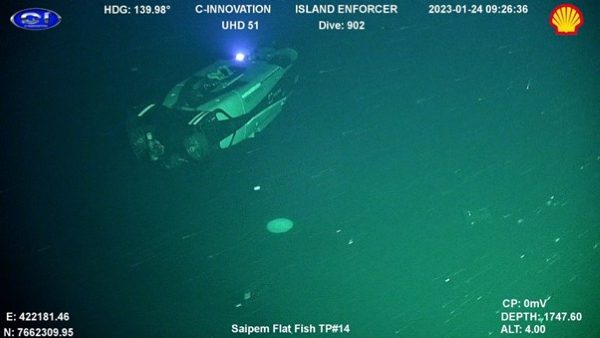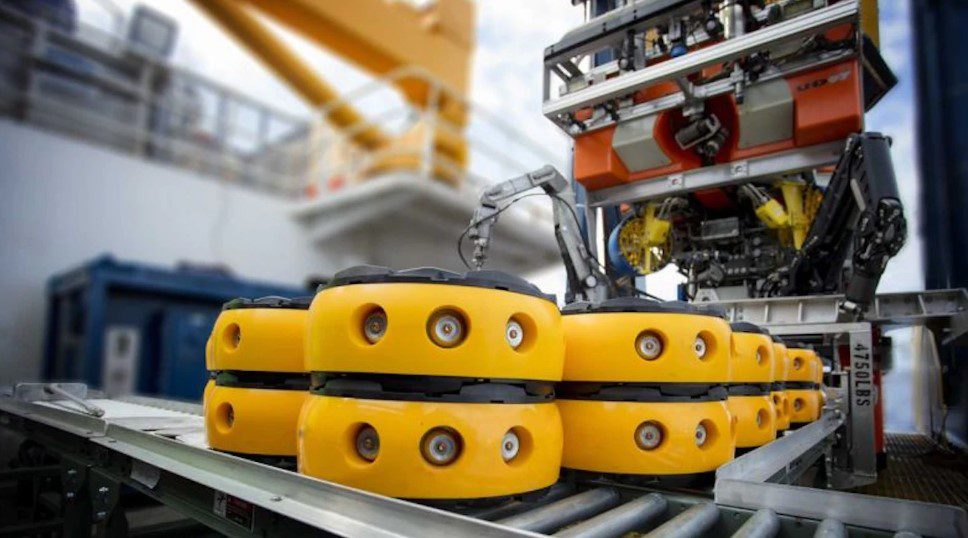Sonardyne, an independent global provider of underwater acoustic, inertial, optical and sonar technology will participate in the next phase of the On Demand Ocean Bottom Node (OD OBN) development in Brazil. This project, initiated in 2018, is a collaboration between Shell Brasil, Petrobras, SENAI CIMATEC, and others, supported by Brazil’s National Agency of Petroleum Research Development and Infrastructure funding clause.
Sonardyne said using its optical and acoustic communications technologies, the partnership aims to create a cost-effective, robust solution for time-lapse seismic and subsidence monitoring of producing reservoirs. The technology aims to provide better data and the capability to remain on the ocean floor for up to five years without human intervention.

ANP approves pre-salt exploratory blocks in Santos Basin for upcoming bid rounds | OilNOW
Data from the nodes will be extracted using Sonardyne’s through-water optical communications system to a nearby autonomous underwater vehicle (AUV), such as Flatfish. Flatfish was developed by Saipem and SENAI CIMATEC under another ANP-funded program sponsored by Shell and Petrobras.
In this latest phase, a pilot array of 600 prototype nodes is expected to be deployed by the end of 2025 at an offshore field in Brazil. These nodes will be manufactured at a new pilot plant facility built by SENAI CIMATEC at CIMATEC PARK in the Camaçari industrial region near Salvador, Brazil. This facility can produce 600 nodes per year and includes specialist parts machining, metals treatment, surface mount electronics production, and various environmental and functional testing apparatus.
Excellent quality fluid, with low contaminants, found at Santos basin well | OilNOW
Shell and Petrobras have already tested OD OBN prototypes during conventional seismic campaigns at the Sapinhoá and Itapu fields in the presalt Santos Basin at depths of over 2,000 meters. Petrobras plans to deploy the completed pilot array at a jointly operated presalt offshore field.
“The OD OBN technology will be important in the reduction of greenhouse-gas emissions during our seismic acquisition operations offshore,” said Alexandre Silva, senior geophysicist adviser at Petrobras’s research center CENPES. “Besides that, it will provide a higher level of automation in our seismic field activities, which will lead Petrobras and partners to be more efficient in reservoir seismic monitoring processes in the Brazilian presalt area.”



